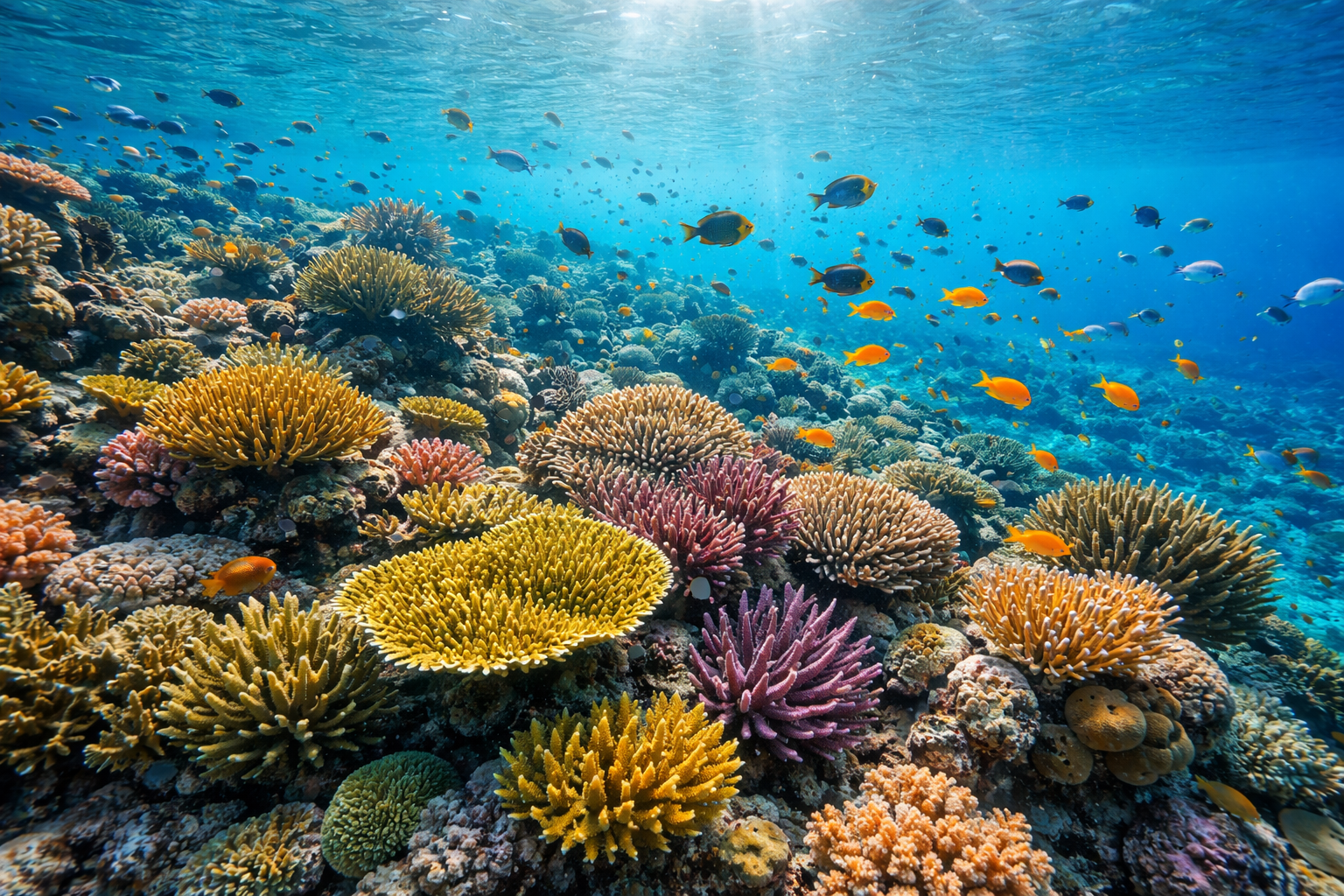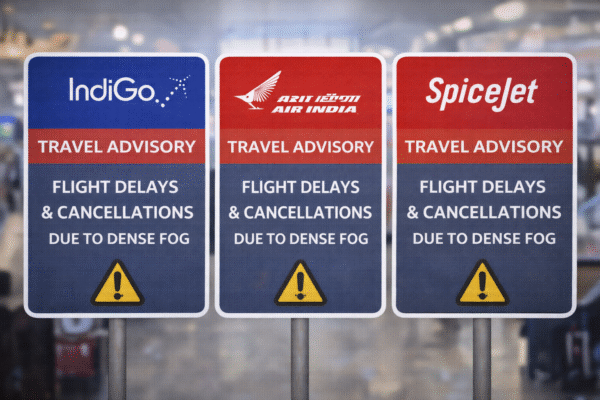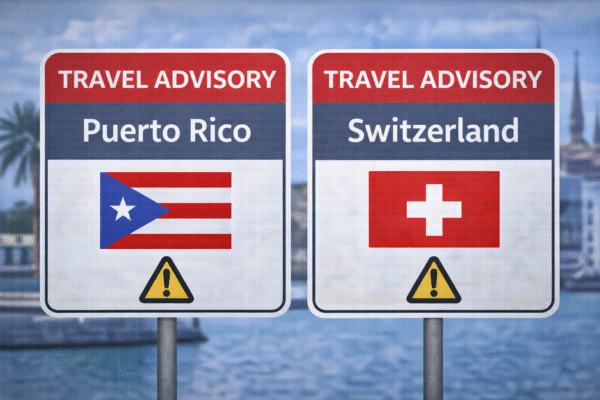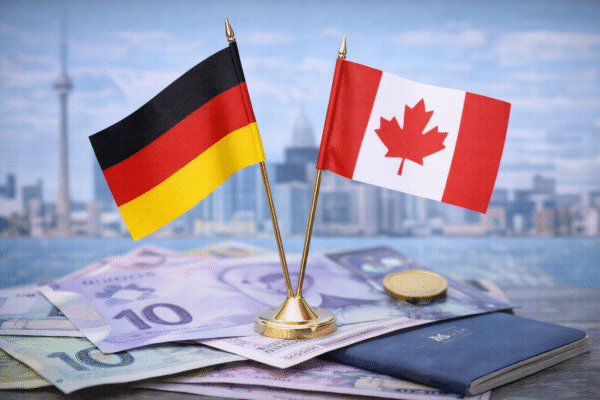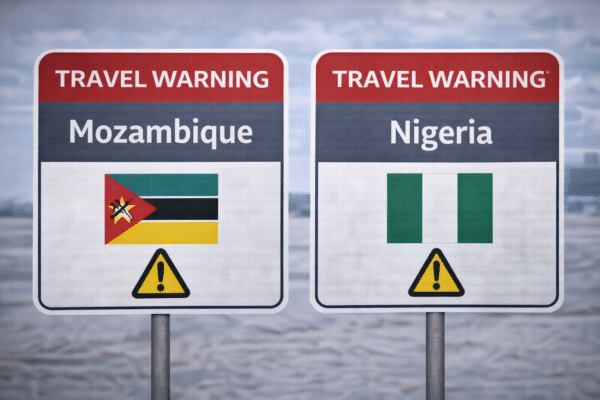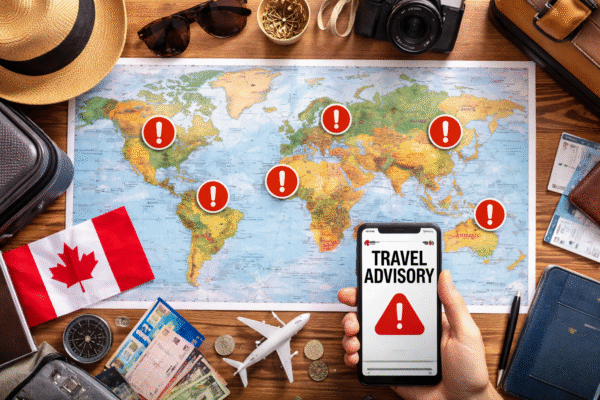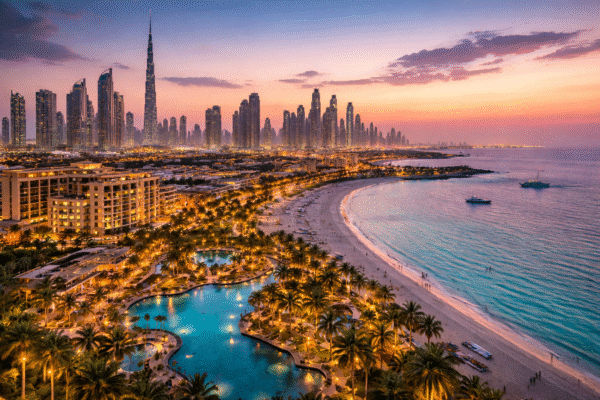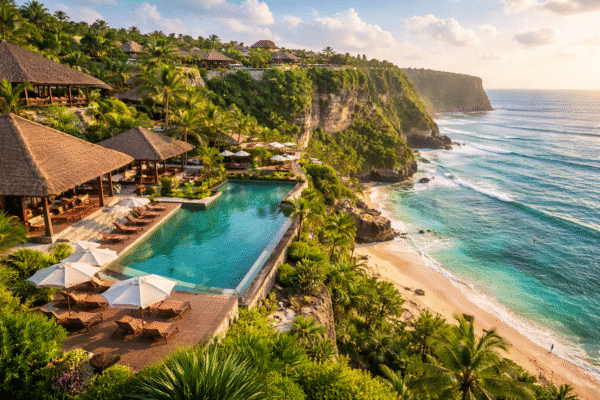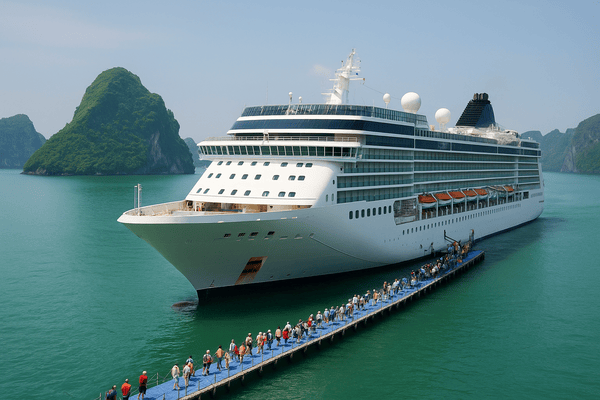Vietnam has officially arrived on the global cruise tourism stage. In a year marked by soaring visitor numbers and unprecedented port activity, the country is cementing its position as Asia’s newest luxury maritime destination, attracting cruise travelers from major markets including the United States, Singapore, India, Russia, Turkey, Poland, China, and the Philippines.
A new milestone was reached with the docking of the Star Voyager at Phu My Port, a southern gateway near Ho Chi Minh City. This historic round-trip cruise voyage between Singapore and Vietnam signals a transformative moment in Vietnam’s cruise narrative—one that underscores the nation’s rapidly expanding role in high-end seaborne travel.
A Record-Breaking Year for Cruise Arrivals
According to the Vietnam National Authority of Tourism, over 9.2 million international visitors arrived in the first five months of 2025, representing a 21% increase compared to the same period in 2024. A significant portion of these arrivals came from luxury cruise ships, which have been docking regularly at key ports such as Da Nang, Ha Long, Nha Trang, and Ho Chi Minh City.
- In February 2025, the Celebrity Solstice brought over 3,000 passengers from the US and Europe to southern Vietnam.
- The Adora Cruise, carrying 2,400 Chinese guests, arrived in Da Nang, boosting regional tourism.
- Ha Long Bay, a UNESCO World Heritage Site in Quang Ninh Province, welcomed nearly 30,000 cruise tourists between January and May. Officials project up to 70 cruise ship visits to Ha Long by year-end.
- In Khanh Hoa Province, home to Nha Trang, 10 cruise ships are scheduled to bring 20,000 seaborne tourists by the close of 2025.
The Appeal of Vietnam’s Coastal Charm
Vietnam’s draw as a cruise destination lies in its combination of natural beauty, cultural depth, and premium experiences. Cruise lines now offer excursions that explore:
- The mystical limestone cliffs of Ha Long Bay
- The imperial heritage of Hue via Da Nang Port
- The vibrant markets and riverfront charm of Ho Chi Minh City
- Coastal relaxation in Nha Trang, with its turquoise bays and luxury resorts
Passengers are increasingly interested in immersive cultural tours, culinary experiences, and wellness-based activities, all of which are being incorporated into shore excursion itineraries across Vietnamese ports.
Challenges in Vietnam’s Cruise Expansion
Despite the growth, the rapid surge in cruise traffic has exposed infrastructure and operational bottlenecks:
- Cruise ships are often delayed or rerouted because cargo vessels receive priority at mixed-use ports.
- Short port stopovers limit passenger spending and deeper cultural engagement.
- Lack of dedicated cruise terminals in some locations restricts the efficiency of operations.
Tourism officials and private sector stakeholders are advocating for expanded port facilities, priority docking lanes, and the development of premium retail and hospitality zones near cruise berths.
Strategic Solutions and Forward Planning
To secure long-term success in cruise tourism, experts recommend:
- Constructing dedicated cruise terminals at major ports such as Phu My, Da Nang, and Nha Trang
- Introducing VIP customs clearance and expedited boarding services
- Enhancing port-area amenities such as five-star hotels, boutique shopping, and local artisan villages
- Increasing investment in training programs for tour guides and port service staff
Vietnam’s Marine Economic Development Strategy to 2030 (with vision to 2045) prioritizes marine tourism as a national growth pillar, emphasizing sustainability, international cooperation, and infrastructure modernization.
A Regional Leader in the Making
Vietnam is uniquely positioned within Asia’s booming cruise industry. While traditional powerhouses like Singapore and Hong Kong remain key transit hubs, Vietnam’s geographical advantage, growing fleet access, and deep cultural offerings make it an ideal destination for cruise lines targeting Southeast Asia.
New source markets are also emerging:
- Turkey, Poland, and Hungary are sending increasing numbers of cruise passengers
- India and the Philippines are showing strong growth due to proximity and improving middle-class affluence
- Travelers from Russia and China continue to see Vietnam as a safe and affordable destination
Vietnam’s Cruise Industry Outlook: 2025 and Beyond
Vietnam is expected to receive over 100 cruise ship calls by the end of 2025, according to projections from port authorities and tourism boards. As demand increases, both public and private sectors are investing in:
- Larger cruise berths capable of handling vessels over 150,000 gross tons
- Joint ventures with global cruise brands for port development
- Destination branding campaigns targeting cruise markets in Europe, the Americas, and Asia
With higher-spending cruise visitors generating up to 40% more revenue than traditional land-based tourists (UNWTO data), Vietnam’s strategy to focus on cruise tourism could bring massive returns in GDP contribution, job creation, and cultural diplomacy.
Conclusion: Setting Sail for Sustainable Success
From the symbolic arrival of the Star Voyager at Phu My Port to the ambitious growth targets in Quang Ninh and Khanh Hoa, Vietnam is now at the forefront of Asia’s luxury cruise tourism movement.
As millions of international cruise travelers explore its harbors and heritage, Vietnam is charting a course toward becoming the region’s top maritime destination. With the right combination of infrastructure investment, policy alignment, and destination storytelling, Vietnam is not just keeping up with the global cruise market—it is helping to shape its future.
For more travel news like this, keep reading Global Travel Wire

